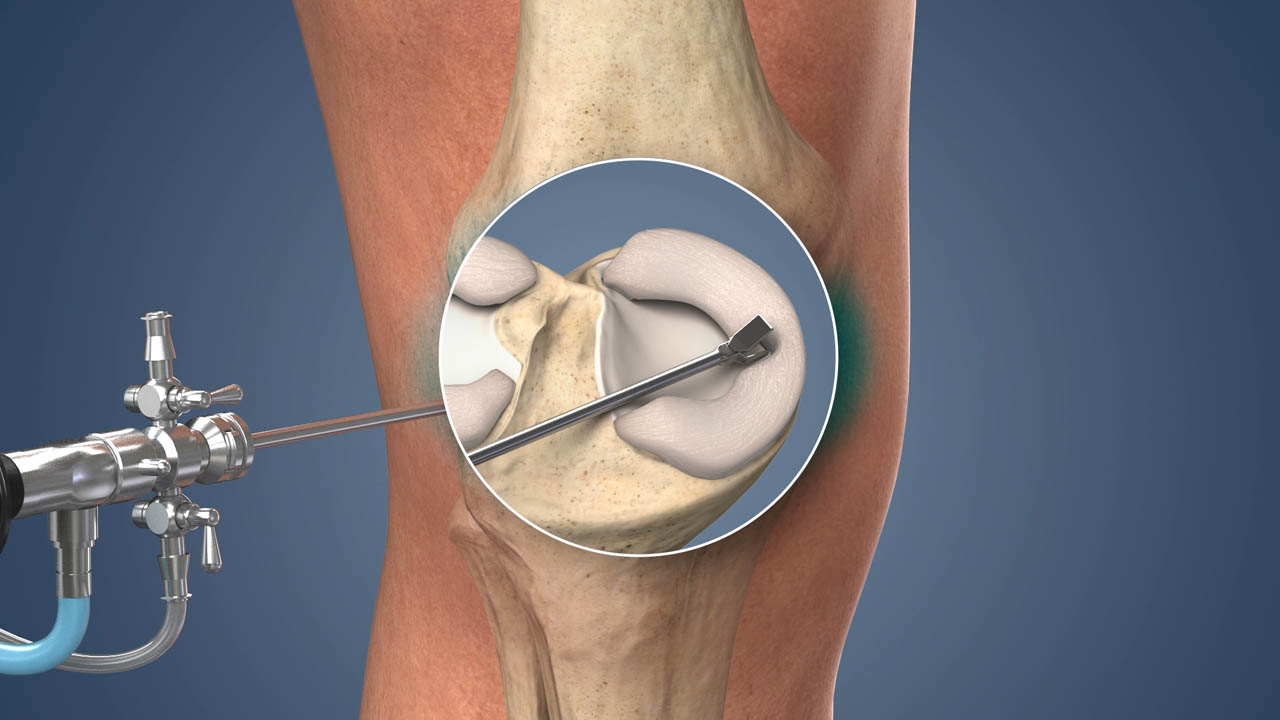Arthroscopic Surgery
Arthroscopic surgery is a minimally invasive surgical procedure used to diagnose and treat joint problems. This technique has changed the field of orthopaedics, offering patients quicker recovery times and less post-operative discomfort compared to traditional open surgery.
What is Arthroscopic Surgery?
Arthroscopic surgery, or arthroscopy, involves the use of a small camera called an arthroscope to view the inside of a joint. The arthroscope is inserted through a tiny incision, and it transmits images to a monitor, allowing the surgeon to see the joint in great detail. This technique is often used for joints like the knee, shoulder, elbow, wrist, ankle, and hip.
Benefits of Arthroscopic Surgery
Arthroscopic surgery offers several advantages over traditional open surgery:
- Smaller incisions lead to less tissue damage.
- Less invasive procedures generally result in less post-operative pain.
- Patients often experience quicker recovery times.
- Smaller wounds reduce the risk of infection.
- Many procedures can be performed on an outpatient basis.
Conditions Treated with Arthroscopic Surgery
Arthroscopy can diagnose and treat a variety of joint issues, including:
- Torn Cartilage – Repairing or removing damaged cartilage.
- Ligament Tears – Such as ACL (anterior cruciate ligament) reconstruction in the knee.
- Joint Infections – Cleaning out infected tissue.
- Inflammatory Arthritis – Removing inflamed joint lining.
- Loose Bone or Cartilage Fragments – Removing debris that causes joint pain.
- Rotator Cuff Tears – Repairing torn shoulder tendons.
- Carpal Tunnel Syndrome – Releasing pressure on the median nerve in the wrist.
The Arthroscopic Procedure
Understanding the steps involved in arthroscopic surgery can help alleviate any concerns you might have. Here’s a general overview of what to expect:
Pre-Operative Preparation
Before the surgery, you will undergo a pre-operative evaluation, which includes a physical exam, medical history review, and possibly imaging tests like X-rays or MRI scans. You will also receive instructions on how to prepare, such as fasting before the procedure.
During the Surgery
- Anaesthesia – Depending on the joint being treated and the extent of the surgery, you may receive local, regional, or general anaesthesia.
- Incisions – The surgeon makes small incisions (portals) around the joint.
- Insertion of Arthroscope – The arthroscope is inserted through one of the incisions, allowing the surgeon to view the joint on a monitor.
- Repairs – Specialized instruments are inserted through other incisions to perform the necessary repairs.
- Closing Incisions – Once the procedure is complete, the incisions are closed with stitches or steri-strips and covered with a bandage.
Post-Operative Care
After the surgery, you will be taken to a recovery area where medical staff will monitor you as the anesthesia wears off. You may experience some pain and swelling, which can be managed with medication and ice packs.
Recovery and Rehabilitation
Recovery from arthroscopic surgery varies depending on the joint treated and the complexity of the procedure. Here are some general guidelines:
Immediate Post-Surgery
- Keep the affected joint elevated to reduce swelling.
- Apply ice packs as recommended by your surgeon.
- Take prescribed pain medications as directed.
Follow-Up Care
- A key component of recovery is physical therapy, which helps restore strength and mobility to the joint.
- Avoid strenuous activities until your surgeon gives you the go-ahead.
- Attend all scheduled follow-up visits to monitor your progress.
Long-Term Recovery
- Gradually return to normal activities as your joint heals.
- Continue physical therapy exercises to maintain joint health.
- Be aware of potential complications like infection or blood clots and contact your doctor if you notice any concerning symptoms.
Risks and Complications
While arthroscopic surgery is generally safe, it is important to be aware of potential risks and complications, including:
- Infection – Though rare, there is a risk of infection at the incision sites.
- Blood Clots – Blood clots can form in the legs (deep vein thrombosis) or lungs (pulmonary embolism).
- Joint Stiffness – Some patients may experience stiffness or reduced range of motion.
- Nerve or Blood Vessel Damage – There is a slight risk of damage to nerves or blood vessels near the joint.
- Continued Pain – In some cases, pain may persist despite the surgery.
Arthroscopic surgery is a valuable tool in the diagnosis and treatment of various joint conditions. Its minimally invasive nature offers numerous benefits, including reduced pain and faster recovery times. If you’re considering arthroscopic surgery, consult with your orthopaedic surgeon to discuss your specific condition and determine if this procedure is right for you. With proper care and rehabilitation, many patients achieve significant improvements in joint function and quality of life.
Understanding the process and what to expect can help ease any apprehensions and prepare you for a successful outcome. Remember to follow your surgeon’s advice closely and commit to your rehabilitation program for the best possible results.





